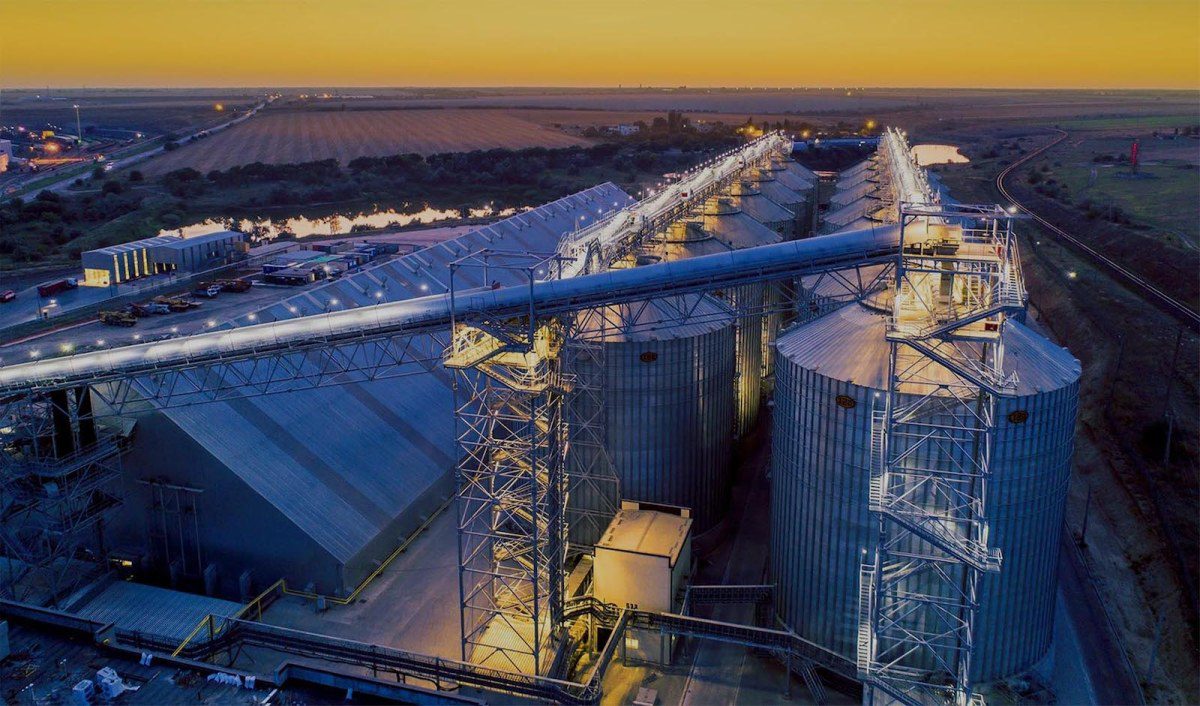Global Courant 2023-05-13 00:37:04
Russia is accelerating the construction of a corridor in the Far East to export more grain to Inner Mongolia in northeast China.
On Wednesday the same day the Ukrainian army said after driving Russian infantry out of some positions around Bakhmut, the Kremlin said it will boost its grain exports to China through the New Land Grain Corridor.
Russian President Vladimir Putin instructed the cabinet and central bank to work out an intergovernmental agreement to boost grain exports to China by Oct. 1, Russia’s national holiday, Russia’s TASS news agency reported.
Chinese state media said that after tariffs, quotas and logistical issues are resolved, China will import more wheat and barley from Russia and reduce its dependence on grain from Western countries, including Australia, the US, Canada and France.
Commentators said that while Russia and China can work together to overcome Western sanctions, the development will simultaneously further boost global economic decoupling to the United States-West and China-Russia areas.
A ten-year project
The idea of building the New Land Grain Corridor, which will connect China with the countries of the Eurasian Union, was the first suggested by Beijing in 2012. It received support from Putin and Chinese President Xi Jinping in 2016.
Xi Jinping and Vladimir Putin look face to face in different strategic areas. Photo: WikiCommons
Construction of Grain Terminal Zabaikalsk (GTZ), a rail transshipment facility on Russia’s border with Inner Mongolia, began in July 2020. Most of Russia’s grain sold to China continues to be shipped from the Black Sea.
The terminal has been open since April last year 75% completed, according to Russian media.
Russian Deputy Prime Minister Yuri Trutnev said as of March 16 of this year, more than 700 billion rubles (US$9 billion) had been invested in the Far East last year and 140 enterprises had been established. He said that the amount of contracted investments in the Zabaikalsk Territory will exceed 316 billion rubles. Of that final total, the amount already invested amounts to 143 billion, he said.
GTZ CEO Karen Ovsepian said total capital investment under the New Land Grain Corridor program will reach 500 billion rubles. He said that the GTZ, with a throughput capacity of up to 8 million tons per year, will boost trade between Russia and China and also enable the Far East to boost the development of the Siberian and Urals regions.
When Xi on March 21 a joint statement with Putin to deepen comprehensive partnerships and strategic cooperation between China and Russia, he also met with Russian Prime Minister Mikhail Mishustin to discuss the New Land Grain Corridor.
The Russian government will “consider concluding an intergovernmental agreement between Russia and China before October 1” and will “increase grain production in the Federal Districts of the Far East, the Urals and Siberia, as well as the volume of exports to the market of China,” TASS reported.
The agreement will allow Russia to export more wheat and barley, in which it has advantages in both price and quality, said Zhang Hong, an associate research fellow at the Institute for Russian, Eastern European and Central Asian Studies at the Chinese Academy of Social Sciences , told the world time.
“As for the land corridor, trains passing through ports such as Manzhouli and Suifenhe could carry grain from Russia,” Zhang said, adding that agricultural trade between China and Russia “is not very big now.”
Unlimited entries
China’s General Administration of Customs announced on February 24 last year that it would allow unlimited imports of Russian wheat into China. Scott Morrison, then Prime Minister of Australia, criticized Beijing for supporting Russia, which launched a full-scale attack on Ukraine on the same day.
In 2021 China imported 2.74 million tons or $860 million worth of Australian wheat, accounting for about 28% of total grain imports by both volume and value, according to Research and Markets, an industry data provider. It also imported wheat from eight other countries, including the US, Canada and France.
In the same year China imported $2.88 billion in barley, mostly from France ($901 million), Canada ($861 million), Ukraine ($619 million), Argentina ($432 million) and Russia ($20.8 million), according to the Observatory or Economic Complexity (OEC). It too imported soybeans from Brazil ($27.2 billion), US ($14.3 billion), Argentina ($1.78 billion), Canada ($345 million), and Russia ($297 million).
Grain Initiative for the Black Sea
A writer from Fujian says in an article published Friday that Russia wants to accelerate the New Land Grain Corridor project because it cannot sell its agricultural products with the Black Sea Grain Initiative.
A Black Sea Grain Initiative shipment at sea. Image: UNCTAD
“While both Ukraine and Russia signed the Black Sea Grain Initiative last July, Russia has so far faced significant difficulties exporting its grains amid Western sanctions,” he said. say. “No insurer can serve Russian grain carriers, while Russian exporters cannot complete their transaction without SWIFT.”
Because of the needs of the world, Russia has extended the Black Sea grain deal twice, in November and March, he says. But if the deal expires after May 18, Russia will have to find a new way to sell its grain, and China is now the best choice, he says.
A columnist from Hebei published a Thursday article titled “Russia Finally Wakes Up, Putin Opens Far East Barn For China-Russia Mutual Benefits.”
The writer adds: “Sanctions have pushed Russia out of Western markets and must look to the East, particularly China, the largest consumer market in the world.”
He says Moscow was more concerned that it would lose the Far East in the long run if the region’s population was diluted by Chinese. But now, he says, Russia faces a major challenge in the Ukrainian crisis and must boost Far Eastern development for the Chinese market.
He adds that as China is also looking to grow its economy to compete with the US, it will be a win-win situation if both China and Russia can work together and overcome the sanctions and containment of the West.
“The rapid change of the international situation in recent years has affected the stability of China’s overseas grain supply chain,” he says. “The risk of China importing grain from South and North American countries is effectively reduced by the increase in Russian grain exports to China.”
According to the China Center for International Economic Exchanges, China will only be able to provide for itself 65% of its food consumption in 2035, compared to about 76% today. The country will still need to import 83% of the soybeans it needs by 2035.
Read: RMB-based trading failed for Moscow
Follow Jeff Pao on Twitter at @jeffpao3
Similar:
Loading…







